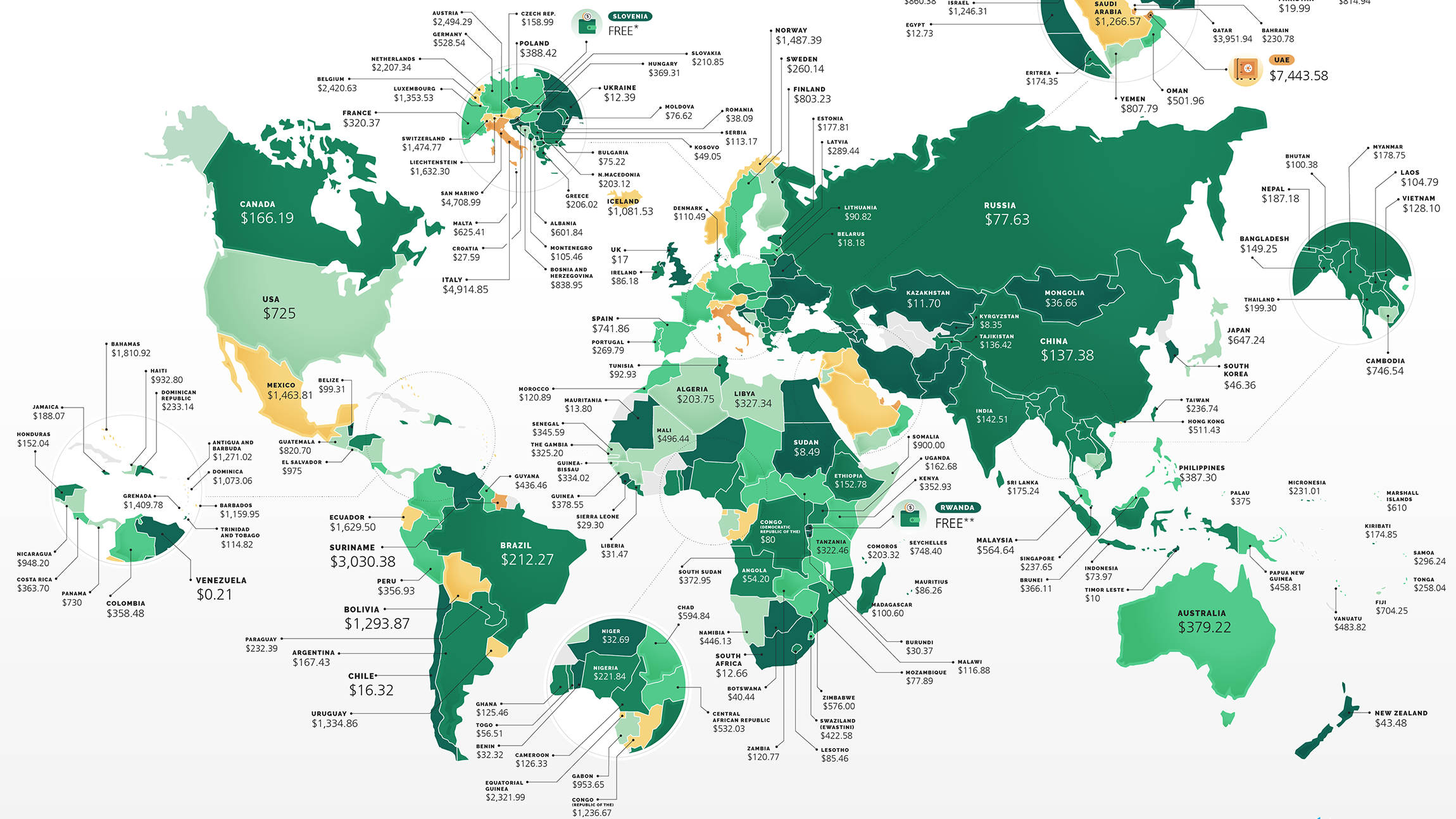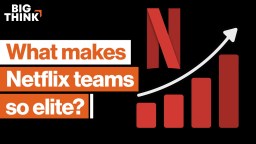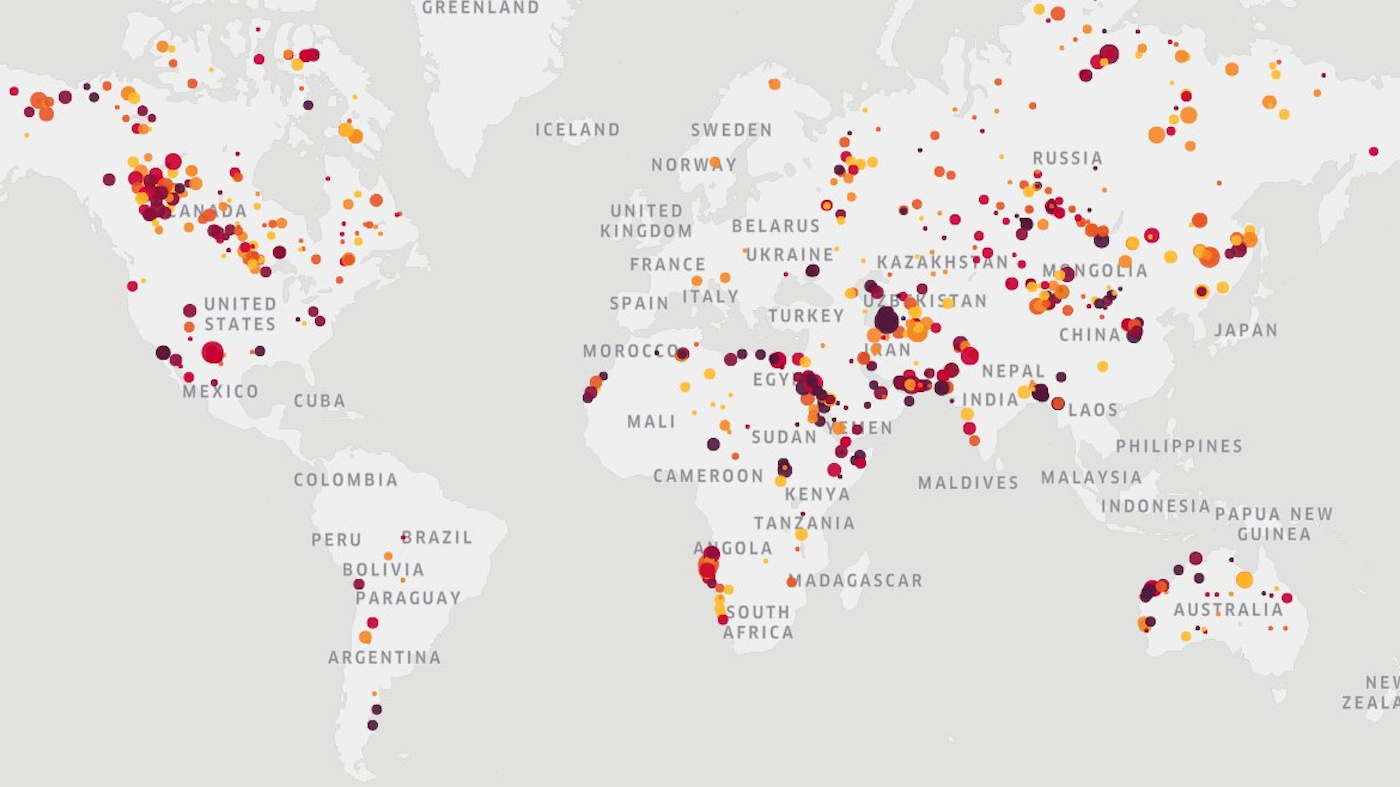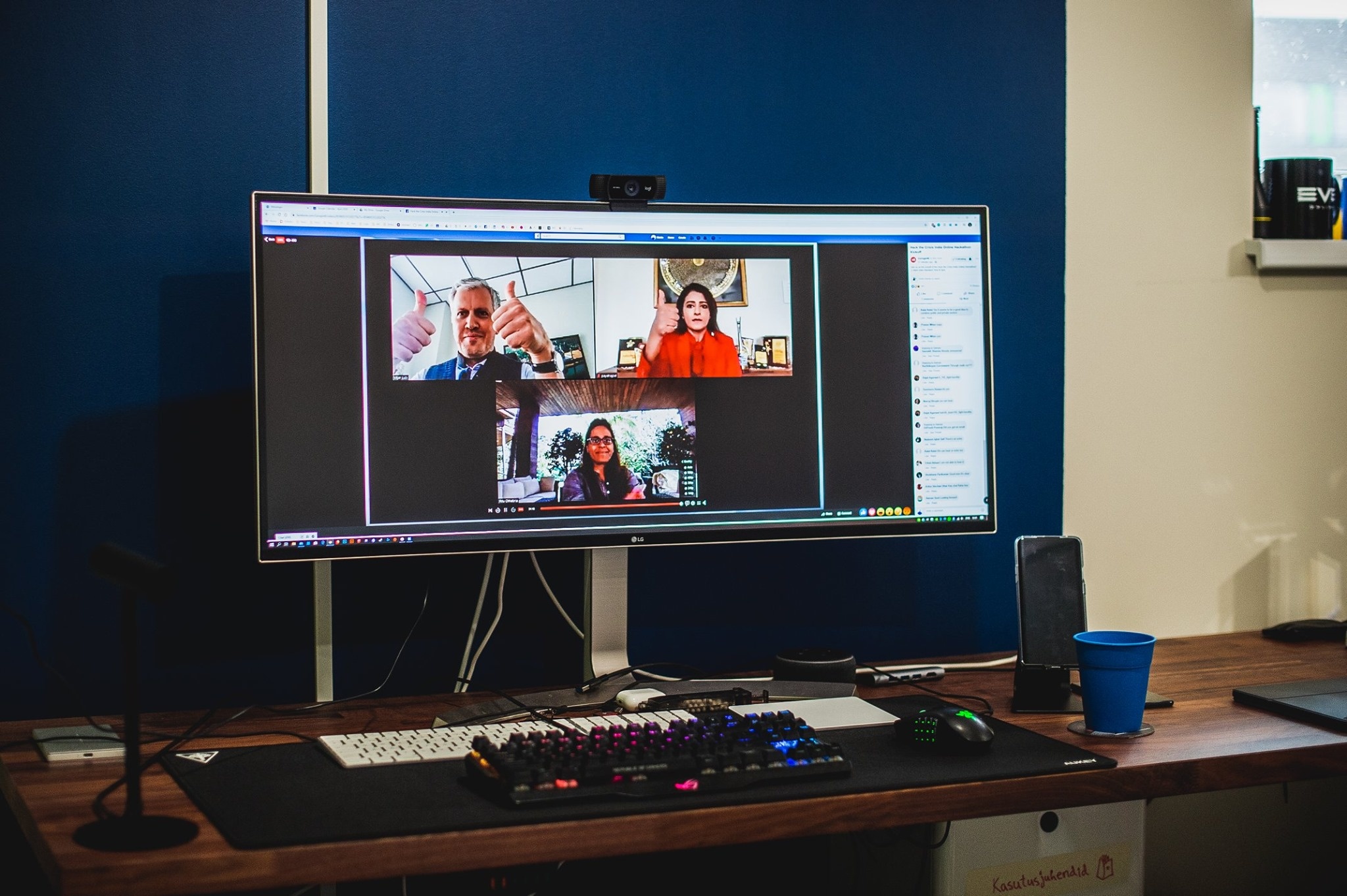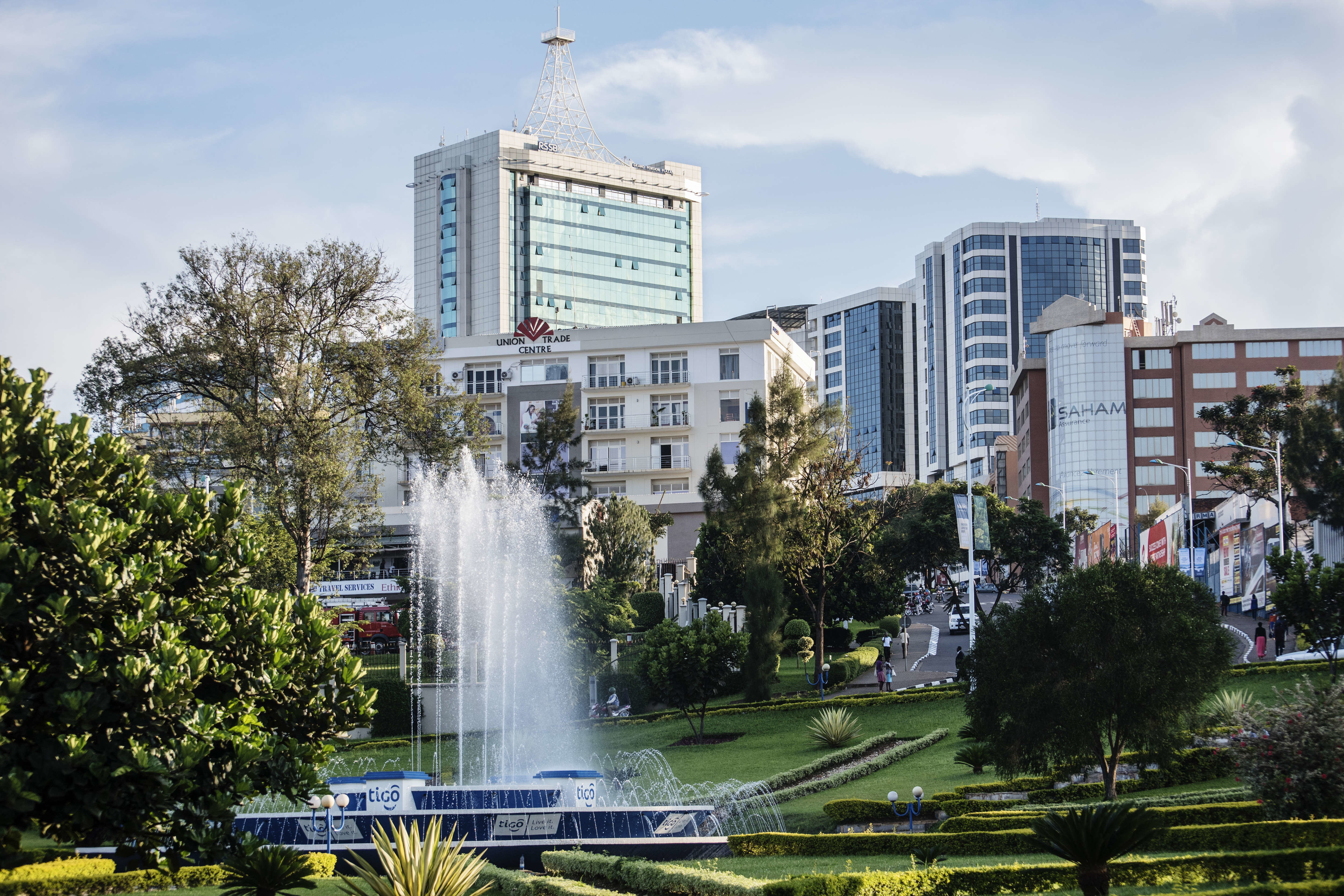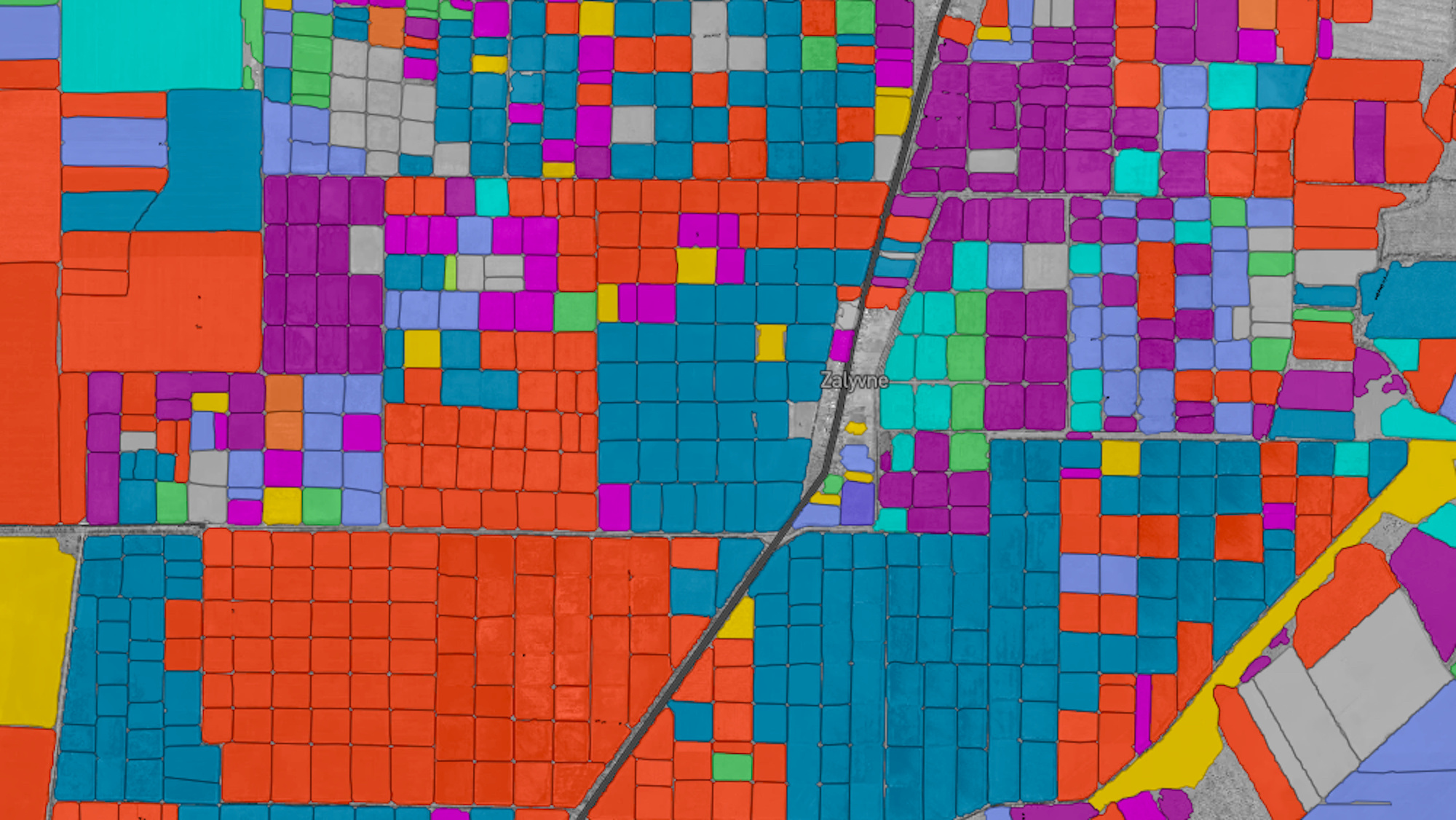start-up
UAE is the world’s most expensive country to start a business, but it’s free in Rwanda.
The rush to clean up outer space has begun.
Erin Meyer explains the keeper test and how it can make or break a team.
▸
6 min
—
with
Starting and running a business takes more than a good idea and the desire to not have a boss.
▸
11 min
—
with
Join Pulitzer Prize-winning reporter and best-selling author Charles Duhigg as he interviews Victoria Montgomery Brown, co-founder and CEO of Big Think.
▸
with
A European start-up uses satellite data to pinpoint individual sources of abnormal methane concentration.
A global brainstorming marathon is throwing together brilliant ideas from around the world to rapidly develop solutions to combat the coronavirus pandemic.
How can we track the spread of COVID-19 where testing is not widely available? How can global health be improved by innovation and cooperation? Over the last few years, Kinsa […]
▸
with
This is what you need to do to keep up with today’s digital progress.
▸
3 min
—
with
Recent years have seen countries across the African continent investing deep into the tech industry. Rwanda is angling to get ahead of the pack.
What are the best ideas out there to innovate our rapidly changing education system? The Lumina Foundation has partnered with Big Think to find them.
▸
4 min
—
with
The history of Silicon Valley: The rise of a technological unicorn.
▸
10 min
—
with
Here’s why you might eat greenhouse gases in the future.
That’s five more unicorns than the previous three years combined.
It’s hard to see big changes coming, but if you know your own blindspots, you can do it.
▸
8 min
—
with
Swipe right to make the connections that could change your career.
Here’s what it means to be a good leader—no buzzwords, no bullsh*t.
▸
7 min
—
with
Why this $600 million business isn’t about money.
▸
6 min
—
with
Detailed (and beautiful) information on 57 million crop fields across the U.S. and Europe are now available online.
The Royole Corporation beat Samsung to the punch when it recently released the world’s first commercially available folding smartphone.
Kimo Kippen is the Former Chief Learning Officer for Hilton Worldwide. What’s his view on Airbnb? He sums it up in one word: excited.
▸
8 min
—
with
Visionaries know why they get out of bed each day. Do you? Ethnographer and leadership expert Simon Sinek explains how to find direction and fulfillment in your personal and professional life.
▸
5 min
—
with
